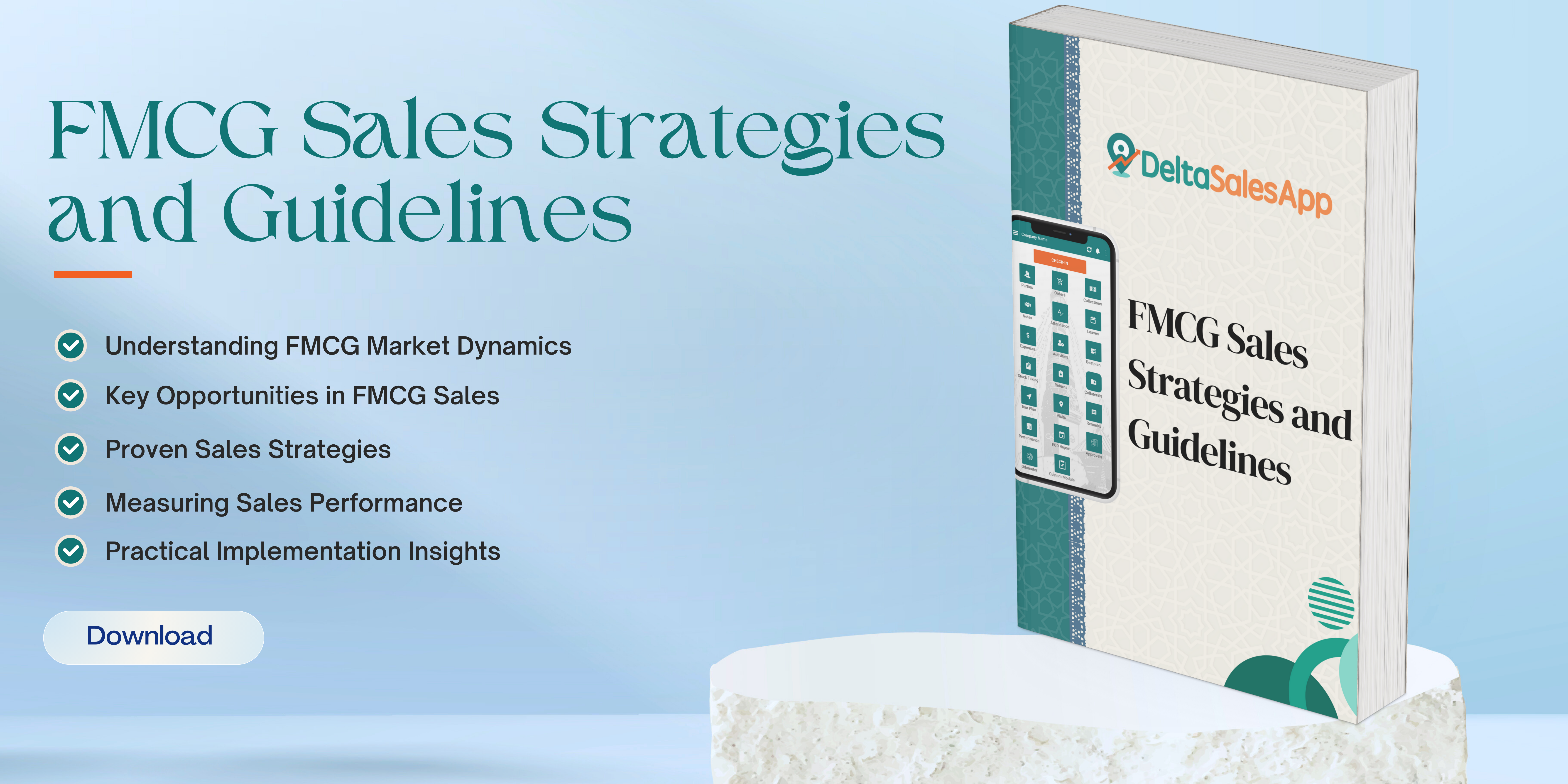MRP (Maximum Retail Price)
What is Maximum Retail Price (MRP) ?
Maximum Retail Price (MRP) is the highest price at which a product can be sold to consumers, as set by the manufacturer or brand owner. It serves as a cap on the retail price, ensuring that retailers do not charge more than the prescribed amount for a product. MRP is commonly used in countries like India and Nepal, where consumer protection laws mandate its display on product packaging. This pricing regulation has a significant impact on both businesses and consumers, influencing various aspects of the retail and manufacturing sectors.
The Concept of MRP
MRP refers to the maximum price a manufacturer allows retailers to charge consumers for a product. This price includes all taxes, and it is intended to protect consumers from overcharging and ensure that the product is sold at a reasonable rate. The concept of MRP is rooted in consumer protection laws, which are designed to ensure that the price of products remains consistent and transparent.
MRP is prominently displayed on the packaging of most consumer goods, especially in markets where the pricing structure is regulated. In countries like India and Nepal, this practice is enforced by regulatory bodies such as the Department of Consumer Affairs and the Ministry of Industry. MRP provides a simple way for consumers to know the maximum price they should expect to pay for a product, helping prevent price exploitation in the retail market.
Purpose and Benefits of MRP
The primary purpose of MRP is to safeguard consumer interests. By setting a maximum limit on the price of products, MRP helps prevent retailers from charging excessively. This is especially important in markets where price disparities can lead to exploitation, particularly in areas where consumers may not have access to alternative retail options.
Some of the key benefits of MRP are:
Consumer Protection: MRP ensures that consumers are not charged more than the prescribed price for a product. It prevents unfair pricing practices and provides transparency in the market, empowering consumers to make informed purchasing decisions.
Pricing Consistency: MRP provides a standardized pricing model for products across different regions and retail outlets. This consistency helps maintain fair competition among retailers and ensures that no single retailer can monopolize the market by charging higher prices.
Price Transparency: By mandating the display of MRP on product packaging, it becomes easy for consumers to compare prices across different brands or retailers, allowing them to make more informed purchasing choices.
Encourages Fair Competition: With a regulated price ceiling, retailers are encouraged to compete based on other factors like customer service, product quality, and discounts rather than manipulating prices.
Challenges and Criticisms of MRP
While MRP provides numerous benefits, it is not without its challenges and criticisms. One of the main issues is that MRP can sometimes lead to inefficiencies in the supply chain and result in products being priced higher than their actual market value.
Overpricing due to Fixed MRP: In certain cases, MRP can be set too high, causing consumers to pay more than the actual value of the product. This can be detrimental to consumers, especially in lower-income segments, who may find it difficult to afford products with inflated prices.
Retailer Markup: Retailers sometimes mark up the MRP by offering additional services or packaging options, leading to higher prices than expected. This situation can create confusion among consumers about the true cost of a product.
Lack of Flexibility: MRP does not always account for market fluctuations. When there are significant changes in manufacturing costs or economic conditions, the prescribed MRP may become outdated, leaving both consumers and businesses at a disadvantage.
Increased Stock Holding Costs: Since manufacturers or distributors may need to maintain MRP at a fixed rate across various regions, they may face increased costs related to pricing maintenance. These costs are often passed on to the consumer.
Regulation and Enforcement of MRP
In countries where MRP is regulated, such as India and Nepal, the government ensures that manufacturers and retailers adhere to MRP guidelines through regular inspections and penalties for non-compliance. The MRP label is considered an essential aspect of consumer protection laws, and violating these regulations can lead to hefty fines and reputational damage for businesses.
In some cases, the MRP is revised by the manufacturer in response to changing market conditions, such as inflation or fluctuations in raw material prices. In such cases, the updated MRP must be clearly communicated to both retailers and consumers. This helps maintain the integrity of the pricing system while ensuring that consumers are not misled.
Conclusion
Maximum Retail Price (MRP) plays a crucial role in regulating pricing in consumer markets, ensuring fairness, and protecting consumers from exploitation. While it offers several benefits, including price transparency and consistency, MRP can also present challenges related to overpricing and lack of market flexibility. Understanding the concept of MRP and its implications is vital for both businesses and consumers. As the retail landscape evolves, it is essential for regulatory bodies to continue refining pricing regulations to ensure that MRP remains a relevant and effective tool in maintaining fair competition and protecting consumer interests.






